
SERVICES WE PROVIDE
Termite Control
Termite Spray Treatment.
Termiticide is pumped from a tank through a long hose that can withstand high pressure. The nozzle is used to inject termiticide into a hole in a concrete slab floor and helps force the termiticide into the ground. Small rods can be used to inject termiticide into walls.
Termite Bait Stations
When installed and monitored properly, bait stations can control subterranean termite colonies. Bait stations make them a relatively eco-friendly method of termite treatment.
Foam Formulation
The applicator hose and precision tip make it easy to target, kill and control termites in hard-to-reach areas such as in cracks and crevices. The foam gives the insects time to return to the nest and to infect other members in the colony.
Pre-Treatment
Commonly called pre-treats, these can prevent or control subterranean termites. Applications shall be made using a low pressure spray after grading is completed and prior to the pouring of the slab or footing.
Termite Swarmers
Termite swarmers typically emerge in large numbers during certain times of the year, often in spring or early summer.
Swarmers are attracted to light and may be seen flying
around windows, doors, or outdoor lights.
Seeing swarmers indoors does not necessarily mean
that there is an infestation in the home, as swarmers may enter
buildings from nearby outdoor colonies.
If you encounter termite swarmers around your home, it's
essential to have a professional termite inspection conducted to assess the
extent of the infestation and determine the appropriate treatment options.
A termite colony can cause structural damage to your home before you start to notice the signs of an infestation. A trained pest management technician can explain which termite treatment method is the most effective for your home or commercial property.
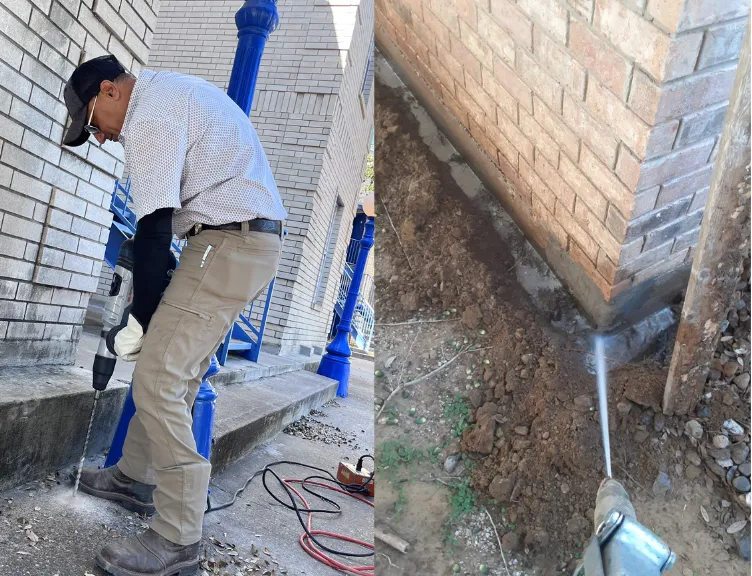
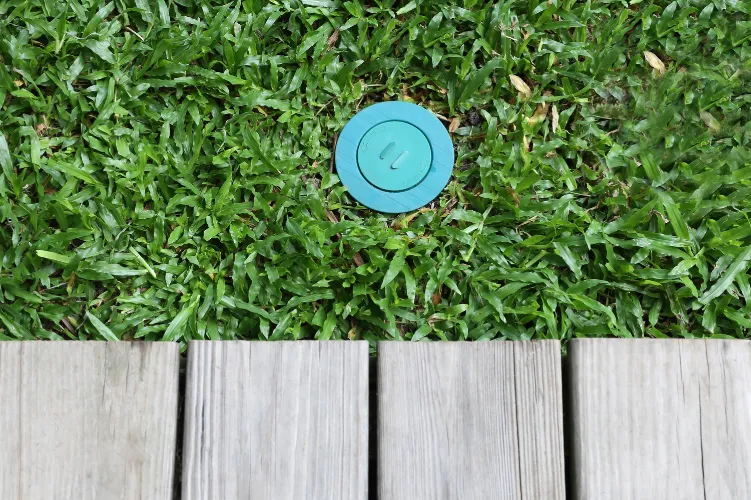


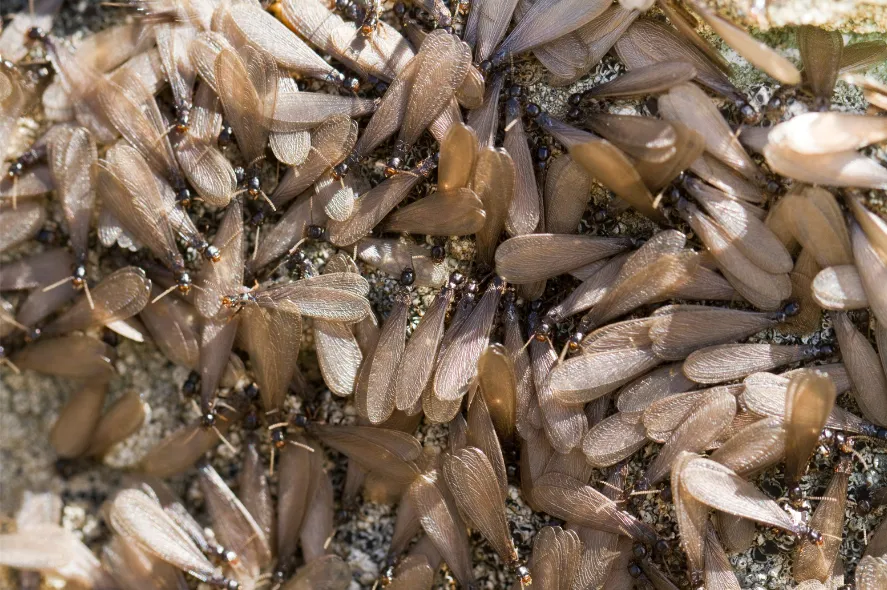

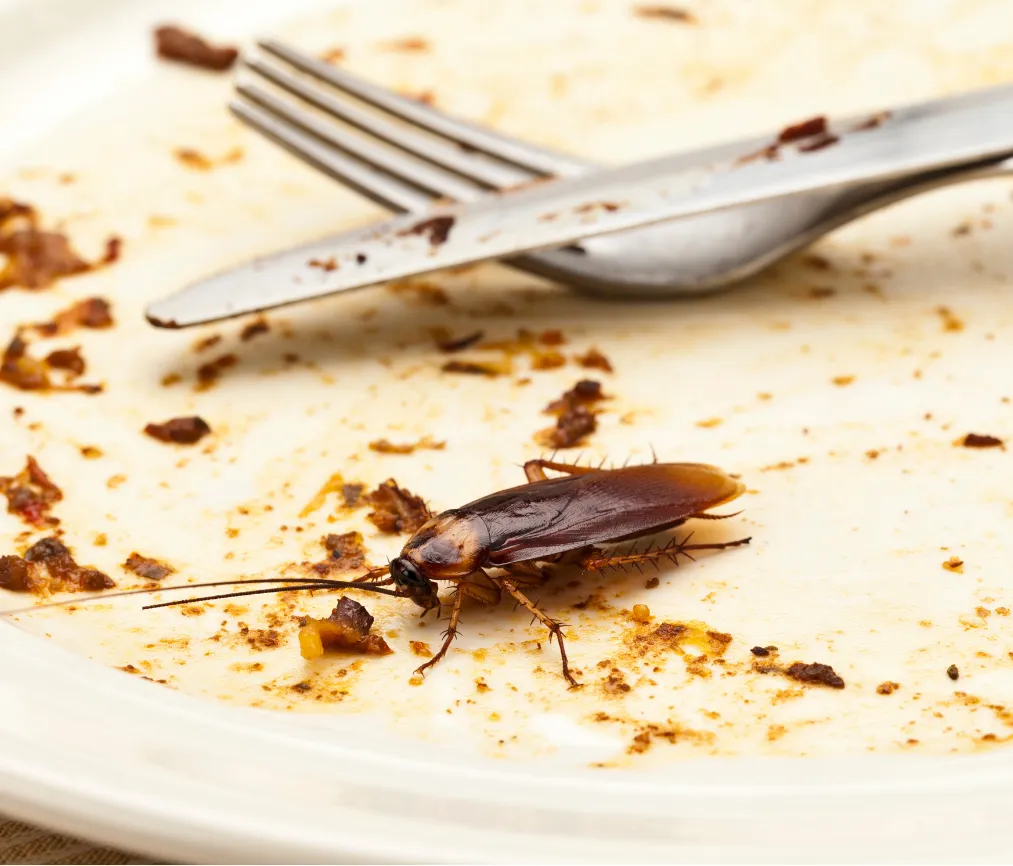
Pest Control
German & American Cockroaches
Cockroaches are notorious for carrying bacteria and
pathogens on their bodies, posing health risks to humans. Their attraction to moist, humid, and dark environments makes places like kitchens, and bathrooms
They can consume food, paper, glue, soap, and even certain types of fabrics.
Small droppings, shed skin, and a musty smell—are indicative of a cockroach infestation.
Rodents
Roof rats, Norway rats, and house mice
can reproduce rapidly and squeeze through small openings.
The pathogens present in their feces and urine pose
serious health risks to humans, potentially leading to diseases such asleptospirosis, hantavirus, and salmonellosis.
Signs of infestation are droppings,
scratching sounds, and gnaw marks.
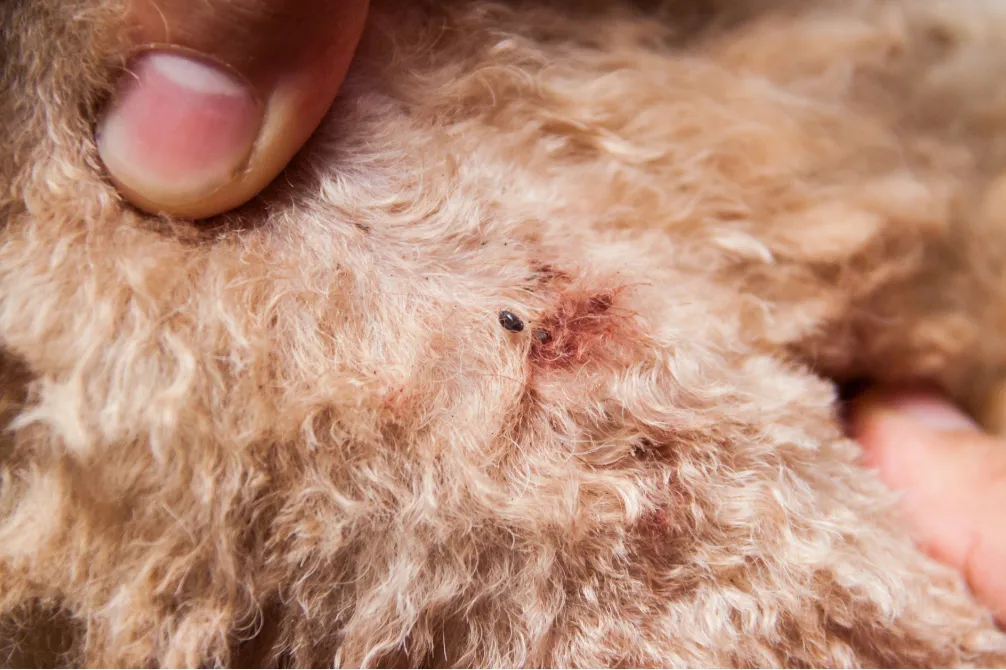
Fleas
Fleas are a common nuisance for pet owners. Even if you don't have pets, fleas can still find their way into your home such as hitching a ride on wildlife or being transported by other pests like mice.
Flea bites can cause also transmit diseases such as murine typhus and plague, making their control and prevention important for both human and animal health.
Ticks
Ticks pose a significant health risk due to their ability to
transmit diseases such as Lyme disease, especially during the warmer months when outdoor activities increase.
Professional technicians at Web Termite & Pest Control, can be valuable in managing tick populations on your property, thereby reducing the risk of tick bites and associated illnesses.

Spiders
By thoroughly inspecting the exterior and interior of the
property, technicians at Web Termite & Pest Control can identify areas
where spiders are likely to be present and take appropriate measures to remove them.
Placing glue traps in strategic
locations can help monitor spider activity and capture any spiders that may be present. Treating cracks, crevices, and other potential entry points with liquid pesticides can help prevent spiders from reinfesting the home.
Bed bugs
Bed bugs are small, oval-shaped insects. Adult bed bugs are typically brown or reddish-brown in color. They have a flat and thin body shape, which allows them to hide in narrow cracks and crevices easily.
During their nymph stage, bed bugs are smaller and may appear tan, white, yellowish, or nearly transparent. Visible signs of being bitten may experience itchy, red welts that appear in lines or clusters.
If you wake up with unexplained bites that resemble those described, especially if they occur in patterns or
clusters, it's a good idea to inspect your bedding, mattress, and surrounding areas for signs of bed bugs.

Pantry Pest
Pantry pests infest dry food products and cause
contamination. The most frequently encountered pantry pests are: Saw-toothed grain beetle, Indian-meal moth, Confused flour beetle. Infestations are often introduced into homes through
contaminated food items purchased from stores or brought in from other sources.
If an infestation occurs, prompt removal and disposal of infested items, along with thorough cleaning of pantry shelves and surfaces, are necessary to eliminate the pests and prevent reinfestation.
Ants
Ants are attracted to damp areas and are consistently looking for food and water. Fire ants & common house ants are commonly found in residential houses and businesses.
Treating individual mounds, yard spray, maintaining a tidy yard & reducing moisture buildup are steps that will help reduce ant activity.
Granular or liquid ant baits are commonly used to attract ants. The ants then carry the bait back to their nest, where it can eliminate the entire colony.
Baits are usually placed along ant trails, near entry points, or around the exterior perimeter of the home or business.
FAQ's
Is it the same treatment for Bed bugs and German Roach?
No. Bed bugs are small brown insects that live off the blood of animals or humans. German roaches are attracted to moisture and food. DIY methods may not be effective.
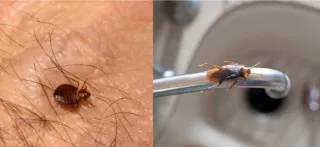
How to prepare for a German roach or ant infestation spray in my home?
Remove dishes and food inside the kitchen cabinets. Cover them or put them inside plastic bags and remove appliances away from the base boards. Remove personal items on bathroom cabinets and closet floor. By following these instructions, the treatment will be effective since roaches hide in these places. Plan to be out for 3 to 4 hours after the pest control service is done.
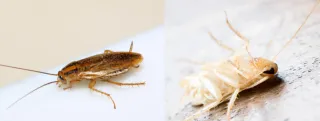
Are ticks and fleas the same?
No. Fleas are small, wingless that live on animals and feed off their blood. Fleas’ signs include scratching, hair loss, ankle bites, red skin and jump on and off their hosts. Ticks are much larger, they can’t jump. A tick can be small, have a reddish color (not fed) or bigger, rounder, followed by a grayish color (fed).
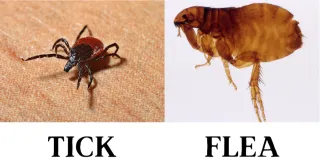
How to keep fleas and ticks away from my pet?
Fleas can pose a risk to pets by potentially causing anemia due to excessive blood consumption, particularly in smaller animals. Effective flea control measures, including regular pet grooming, flea treatments, and pest control spray, are essential for managing flea infestations and minimizing health risks for both humans and pets.

